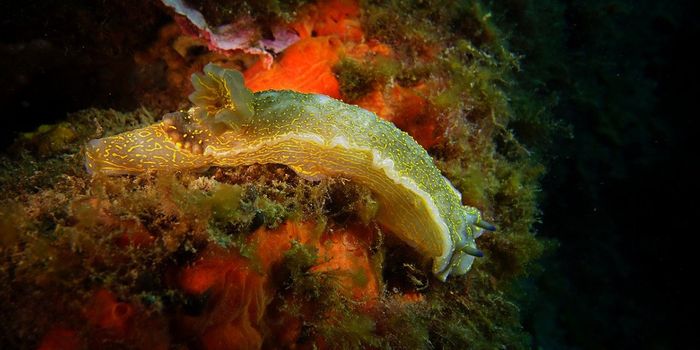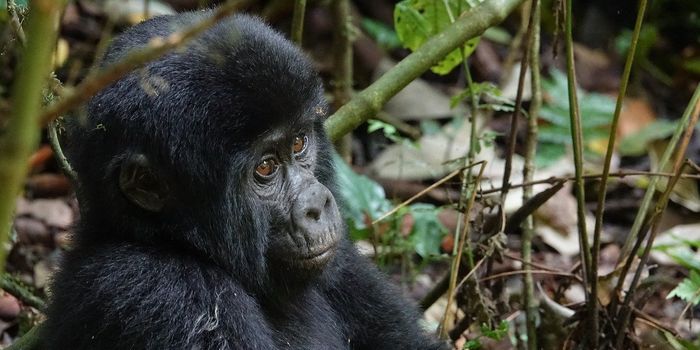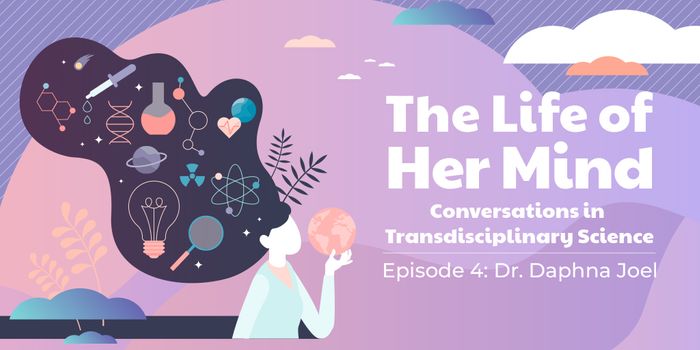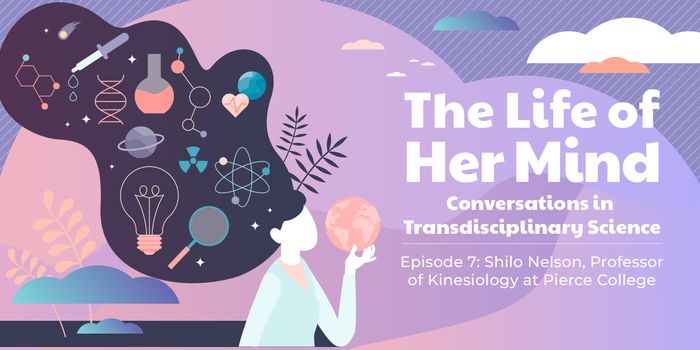Understanding the Social Brain
In neuroscience, one of the main areas of the brain that is discussed and researched is the “social brain” but what is that, specifically? It’s about social cognition. Understanding and being able to infer cues about what is going on with other people around you. Humans are designed to be, essentially, “pack animals” that do best when they are around others. The interchange of being social and connecting with others is something most people are born knowing how to do. In some neurological conditions, the social part of the brain is disrupted. Social behavior, which includes processing social stimuli and being able to read facial expressions, speech intonations, and other clues, is processed in the pre-frontal cortex of the brain. This area is also responsible for impulse control, which is why children don’t often understand complex social situations. But eventually, children learn through social interaction and play.
In studies using infants between the ages of 9 and 12 months, researchers have found that learning is more natural for children when there is involvement with others. In one study, children who spent time, in person, with adults who spoke a language they were not previously exposed to, learned more by interacting with an actual person than children who watched DVDs of people speaking other languages. The children were still enthralled by the DVDs, as babies often are, but when it came to understanding and learning, in person experiences yielded more learning opportunities because the social brain needs that in-person interaction to learn and mature.








